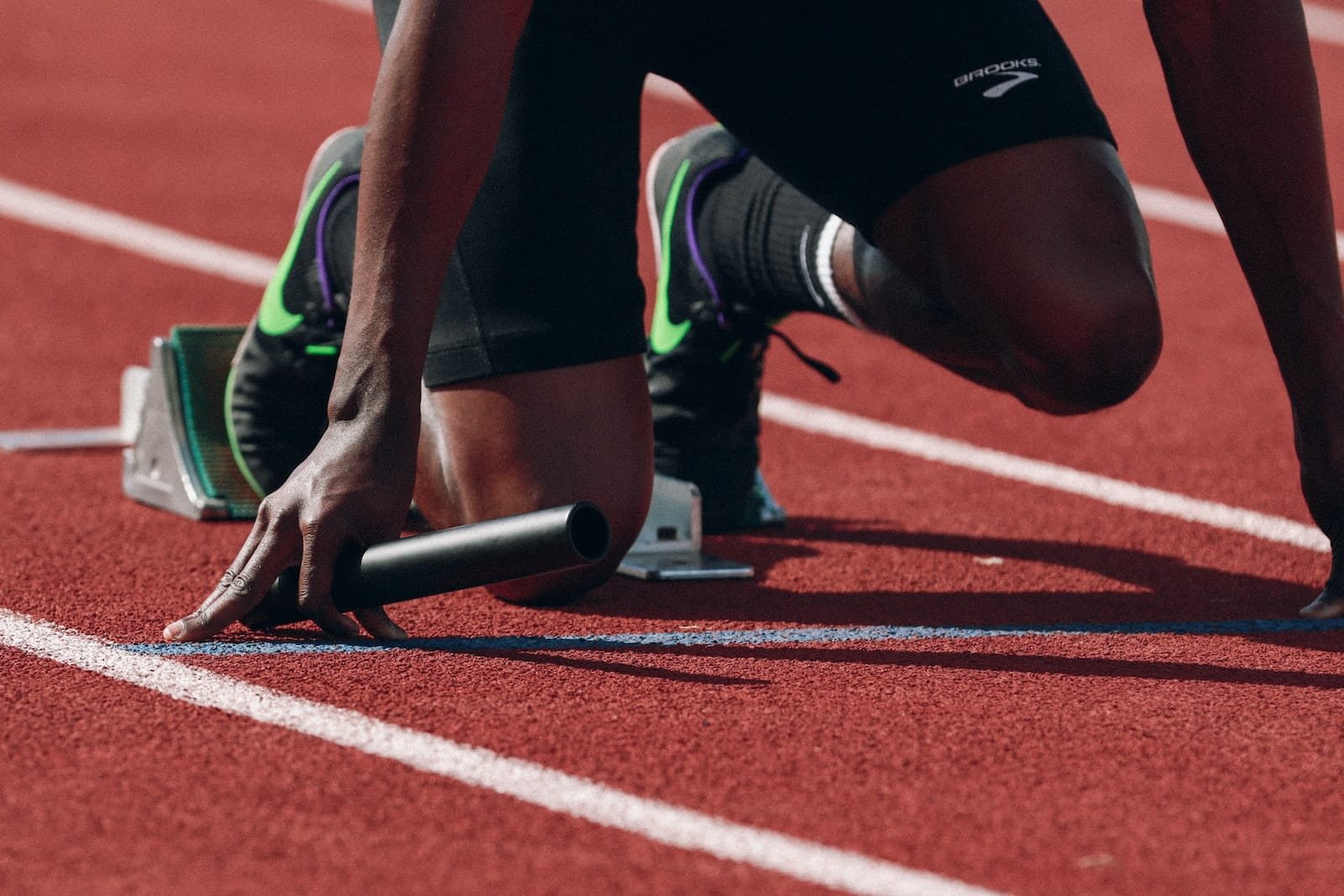Slow Down To Speed Up, Take Your Time

Do you find that if you try to swim faster, you end up moving the same speed or slower – for more effort?
If this is you, you may find that you need to slow things down a touch.
Have you noticed that the best athletes in their respective sports look like they have all the time in the world?
The two examples above show this perfectly.
With Heather Stanning and Helen Glover, most of the race they are rowing at around 40 strokes per minute; not that it looks like it! To stroke at that rate, it takes timing and control.
When you watch Jonny Wilkinson’s drop goal, he has time to catch the ball, look at the posts and score the drop goal – even with players running at him to charge him down. But he keeps his eye on the ball and doesn’t snatch at the action; if he had, he may well have dropped the pass altogether.
Less Haste, More Speed
Taking your time does not mean that you have to move slowly. Especially when it comes to racing, cadence makes a difference to how quickly you move through the water. That said, just throwing your arms round and round is not going to be any assistance to you at all!
When trying to take faster strokes, think about what effect that is having on the rest of your body. A more unstable body means the water is less stable too.
Rowing is a perfect example: when the blade is out of the water the rowers are smooth, relaxed and controlled. The speed of the oars cannot physically increase the speed of the boat. In fact, if Helen and Heather were to throw the blade in faster, it would destabilise and slow them down. Once the blade goes into the water, however, both rowers are forcing the oar against the water with as much force as they can. This accelerates the boat forward with every stroke.
In this regard, swimming is exactly like rowing. When your arm is out of the water, it is not positively influencing your body’s speed or momentum. Rushing and throwing it forward will destabilise you, and make it more difficult to connect with the water at the front end of your stroke. With a calmer, smoother entry, you will create fewer bubbles, you will be more in control of your arm AND the water. Once your hand is in the water you can look to accelerate the water backwards, and your body forwards.
If your hand/arm is accelerated back quickly enough, it will come out and recover over the water fast enough without needing to be forced or thrown forwards. This is where the example of Jonny Wilkinson is appropriate; not needing to force your action, or rush. If you are putting the work and effort in the right places (i.e. once you have engaged with the water), then being calm and controlled and trusting in your skills is key.
Put It Into Practise
Try it out in training – remember, if your body position is good then you don’t require too much action to generate forward momentum. You should focus on generating force underwater and being relaxed in your recovery.
If you have any questions or comments, please feel free to get in touch; either by email, facebook or leave a comment on here! Remember, you can always get your swimming reviewed in the endless pool with our video swim analysis packages.
See what’s up next week for our #SwimTechTues tip!
